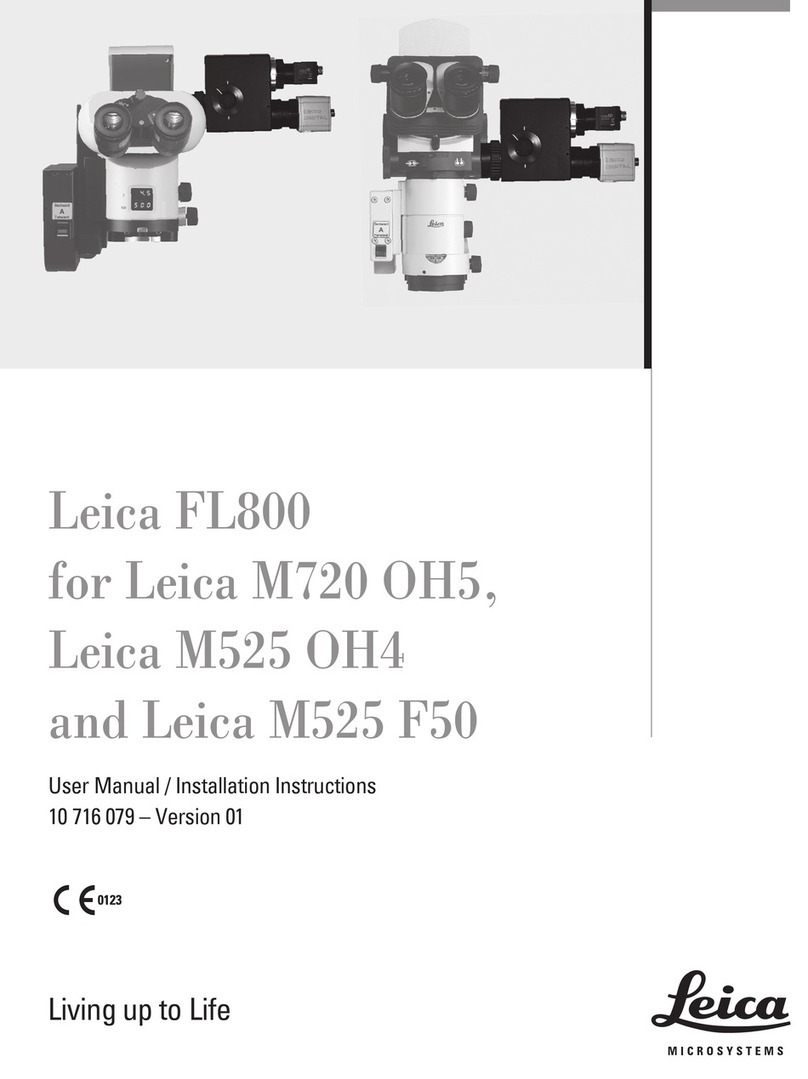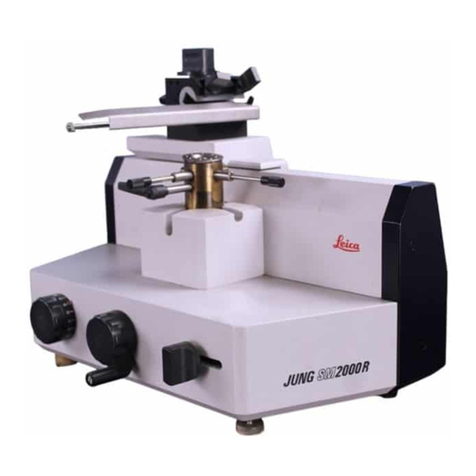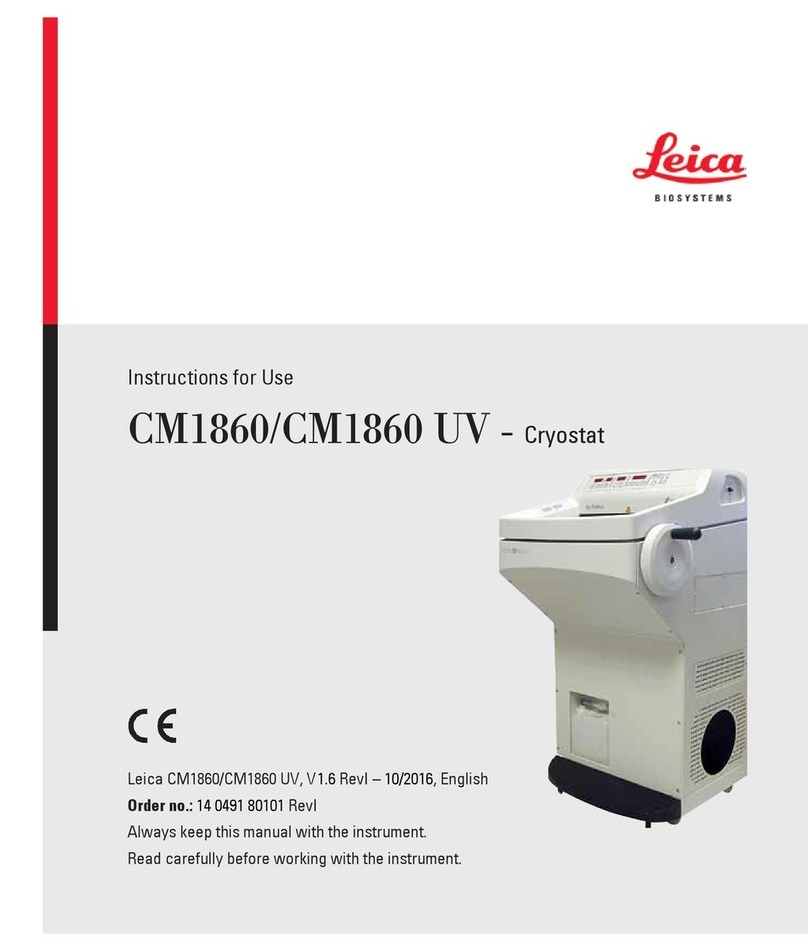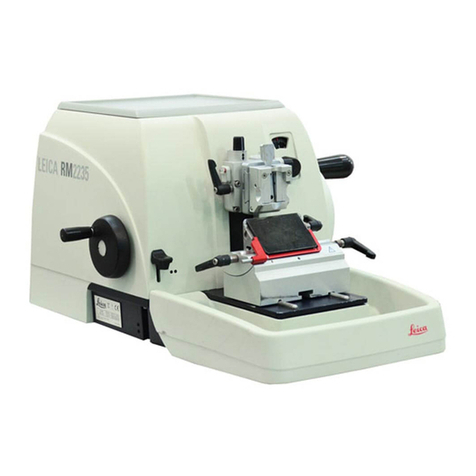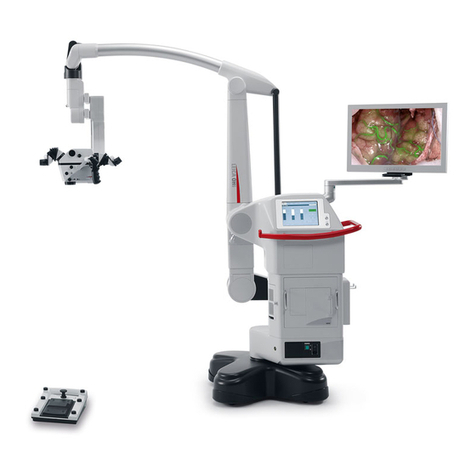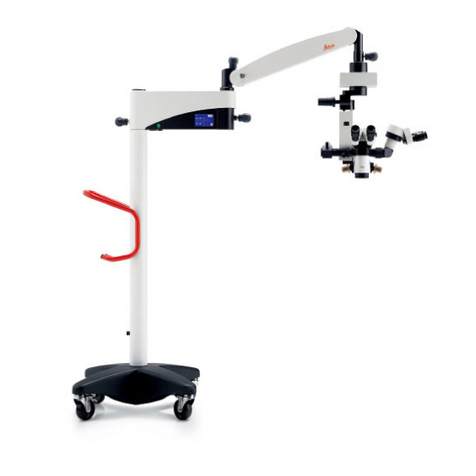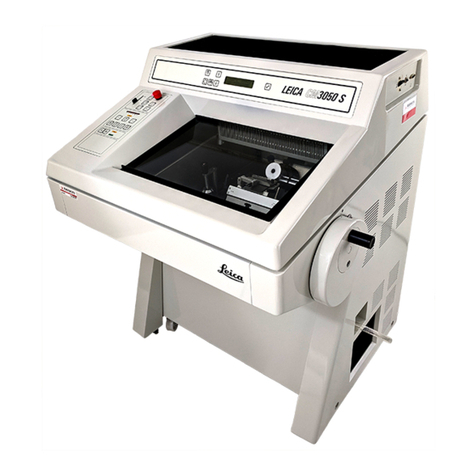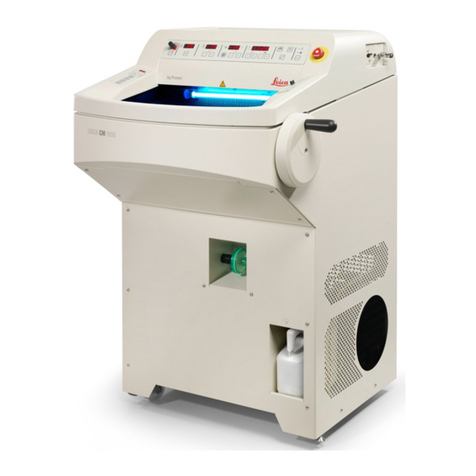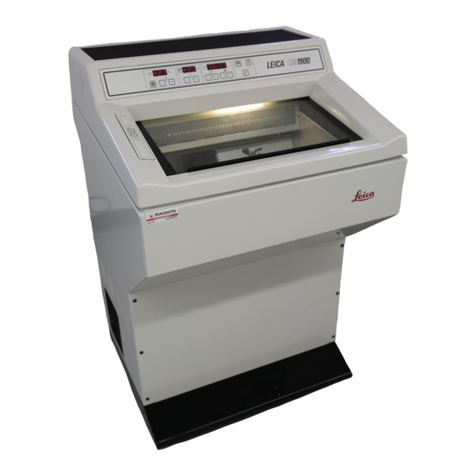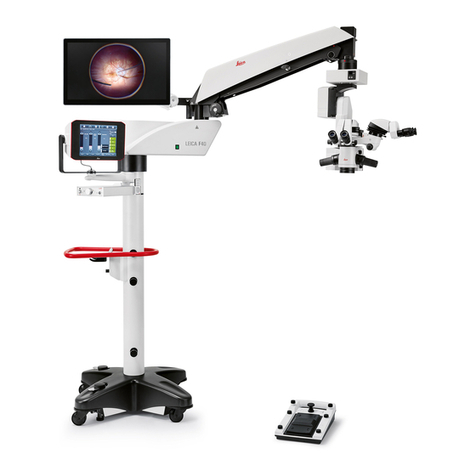4Instructions for use V1.3 RevB – 09/2012
2. Table of contents
1. Important information ....................................................................................................................................................3
2. Table of contents ............................................................................................................................................................4
3. Safety instructions for handling the instrument........................................................................................................5
3.1 Safety features ............................................................................................................................................................................................ 5
3.1.1 Locking the handwheel .............................................................................................................................................................................. 5
3.1.2 Knife guard ................................................................................................................................................................................................... 5
3.2 General hazards .......................................................................................................................................................................................... 5
4. Technical data ................................................................................................................................................................8
5. General description .......................................................................................................................................................9
5.1 Leica CM 1100 Overview ............................................................................................................................................................................ 9
5.2 Product description .................................................................................................................................................................................. 10
5.3 Standard delivery range ........................................................................................................................................................................... 10
6. Unpacking and installation .................................................................................................................................... 11
6.1 Unpacking ................................................................................................................................................................................................... 11
6.2 Site requirements ..................................................................................................................................................................................... 12
6.3 Transport to the installation site ............................................................................................................................................................. 12
7. First use of the instrument ....................................................................................................................................... 13
7.1 Connection to mains power .................................................................................................................................................................... 13
7.2 Installing the accessories........................................................................................................................................................................ 13
7.3 Switching on .............................................................................................................................................................................................. 14
7.4 Functions of the control unit ................................................................................................................................................................... 14
7.4.1 LEDs ............................................................................................................................................................................................................. 14
7.4.2 Function keys ............................................................................................................................................................................................. 14
7.4.3 Setting user definable parameters ........................................................................................................................................................ 15
7.4.4 Starting and terminating a manual defrost cycle ............................................................................................................................... 15
7.5 Temperature selection chart (in minus °C) .......................................................................................................................................... 16
8. Daily operation ........................................................................................................................................................... 17
8.1 Specimen discs ......................................................................................................................................................................................... 17
8.1.1 Specimen freezing.................................................................................................................................................................................... 17
8.1.2 Fixing the specimen disc in the specimen head ................................................................................................................................. 17
8.2 Knife holder CE .......................................................................................................................................................................................... 18
8.2.1 Changing the rear pressure plate .......................................................................................................................................................... 18
8.2.2 Adjusting the rear pressure plate .......................................................................................................................................................... 18
8.2.3 Adjusting the front pressure plate .......................................................................................................................................................... 19
8.2.4 Inserting the blade .................................................................................................................................................................................... 19
8.2.5 Lateral displacement ................................................................................................................................................................................ 20
8.2.6 Adjusting the anti-roll plate ..................................................................................................................................................................... 20
8.2.7 Replacing the glass anti-roll plate ......................................................................................................................................................... 21
8.3 Coarse feed wheel.................................................................................................................................................................................... 22
8.4 Trimming .................................................................................................................................................................................................... 22
8.5 Sectioning .................................................................................................................................................................................................. 23
8.6 Section transfer ......................................................................................................................................................................................... 23
8.7 Defrosting ................................................................................................................................................................................................... 24
8.7.1 Programming an automatic defrost cycle ............................................................................................................................................ 24
8.7.2 Starting a manual defrost cycle ............................................................................................................................................................. 24
9. Trouble sh ooting ....................................................................................................................................................... 25
10. Cleaning and disinfection ....................................................................................................................................... 28
10.1 Cleaning...................................................................................................................................................................................................... 28
10.2 Spray disinfection with Leica Cryofect ................................................................................................................................................. 28
10.3 Removal of the microtome ...................................................................................................................................................................... 29
10.4 Reassembly of the microtome ................................................................................................................................................................ 30
11. Maintenance ............................................................................................................................................................... 31
11.1 General maintenance ............................................................................................................................................................................... 31
11.2 Fuse replacement ..................................................................................................................................................................................... 31
12. Optional accessories ............................................................................................................................................... 32
12.1 Mobile heat extractor ............................................................................................................................................................................... 32
12.2 Thermal block ............................................................................................................................................................................................ 32
13. Warranty and service ............................................................................................................................................... 33
14. Decontamination Certificate (master) ...................................................................................................................... 34
16. Information for the People´s Republic of China ................................................................................................ 35






